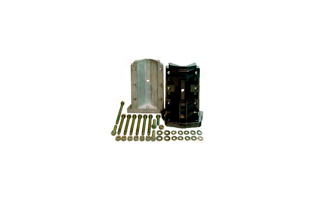
YAESU G 450 C Azimuthal Turret Rotor. Azimuth / torque 600 Kg / cm brake 3000 Kg / cm. more Manufacturer: yaesu Reference G450C EAN 4909959151404
YAESU G 450 CDC Turret type Azimuthal Rotor. Azimuthal/ torque 600 Kg/cm brake 3000 Kg/cm.
YAESU rotors are designed under a philosophy of strength and durability. Depending on the model we choose, we can meet the most diverse needs and uses; television, amateur radio, military, satellite tracking, etc. It offers a full horizontal rotation of 450 degrees, ideal for precise orientations in long-distance communications. This rotor can handle vertical loads of up to 100 kg, making it suitable for large antennas. Its compact design allows installation on masts with a diameter between 32 and 63 mm. In addition, the G450C is equipped with a mechanical brake to prevent involuntary movement, providing stability in windy conditions.
The full rotation time is approximately 63 seconds at 50 Hz, ensuring smooth and precise control. It also includes a position indicator that allows you to monitor the direction in which the antenna is facing. This rotor is rugged and designed to withstand harsh weather conditions, making it ideal for long-term outdoor use.
Exterior treatments and connections are designed to withstand the most adverse weather conditions. Water-resistant aluminum alloy chassis and resistant lubrication for years. Its planetary brake system eliminates false contacts and provides a silent and reliable operation.
See English PDF manual>> click here <<
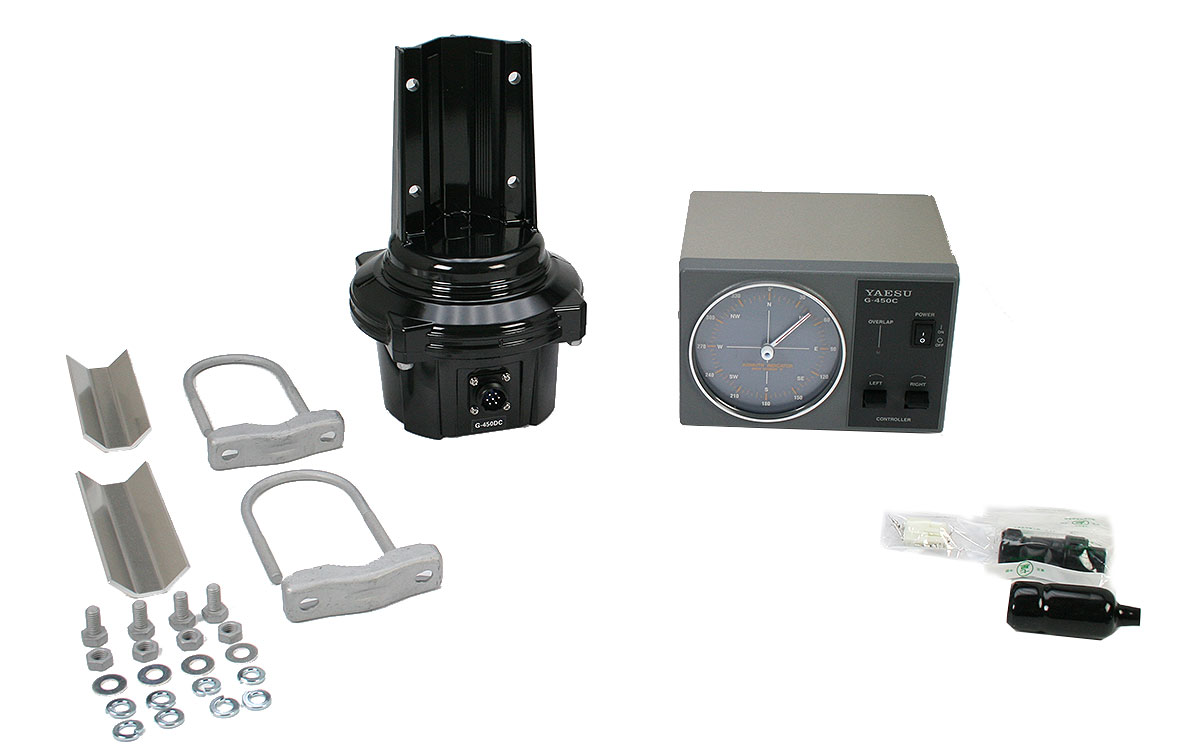
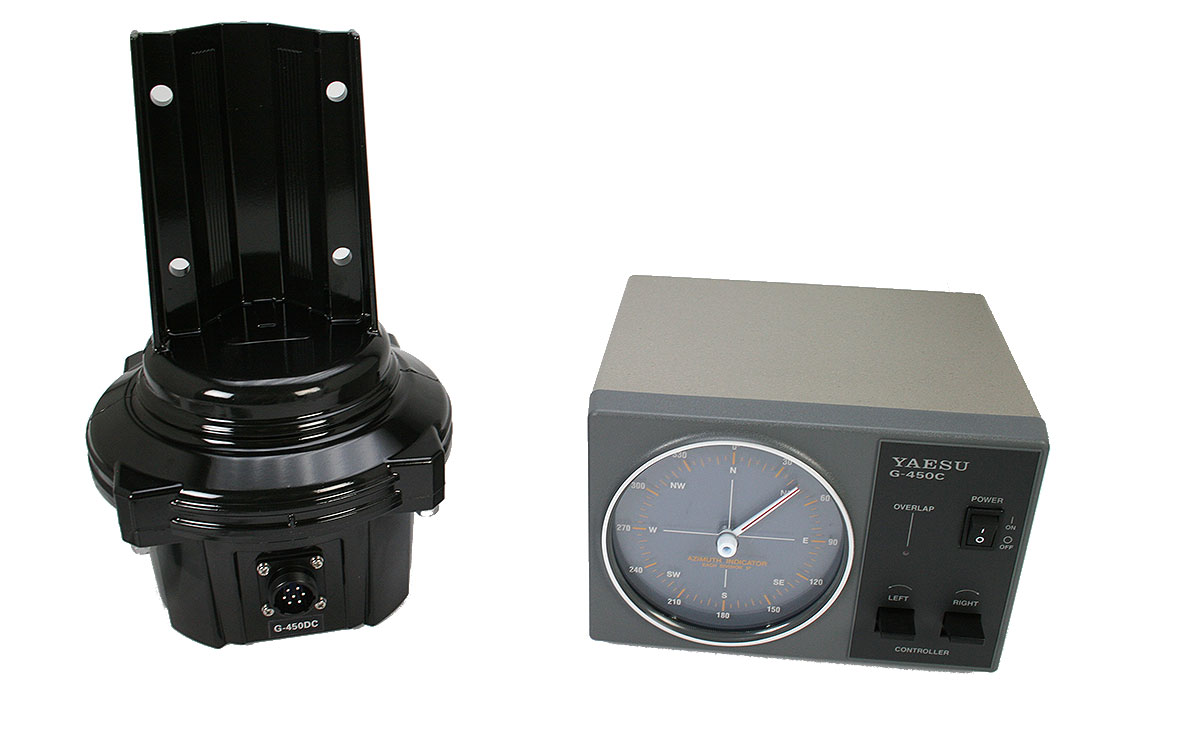
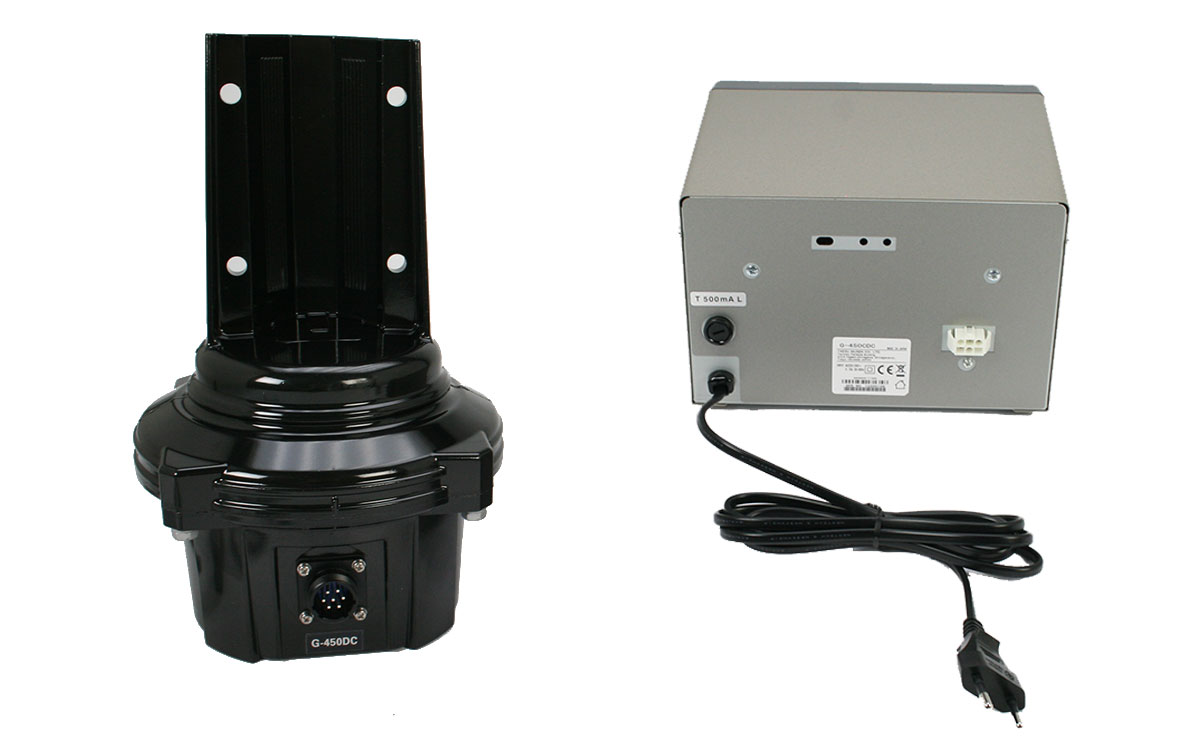
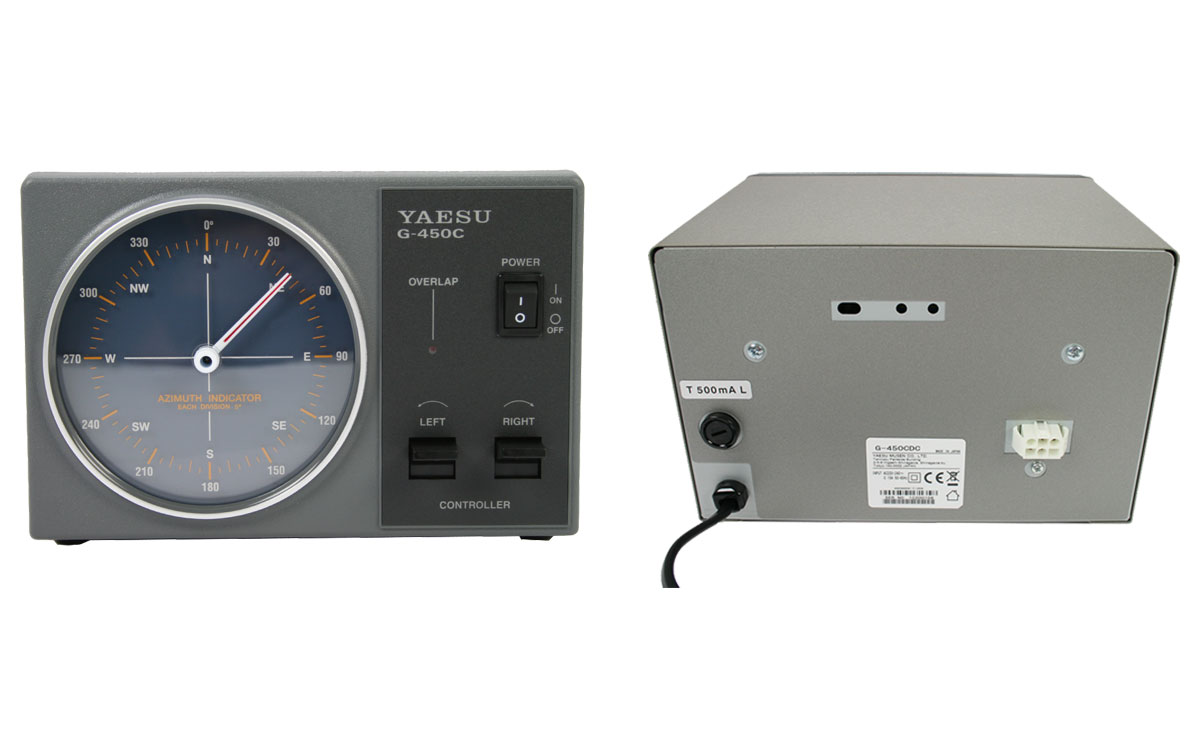
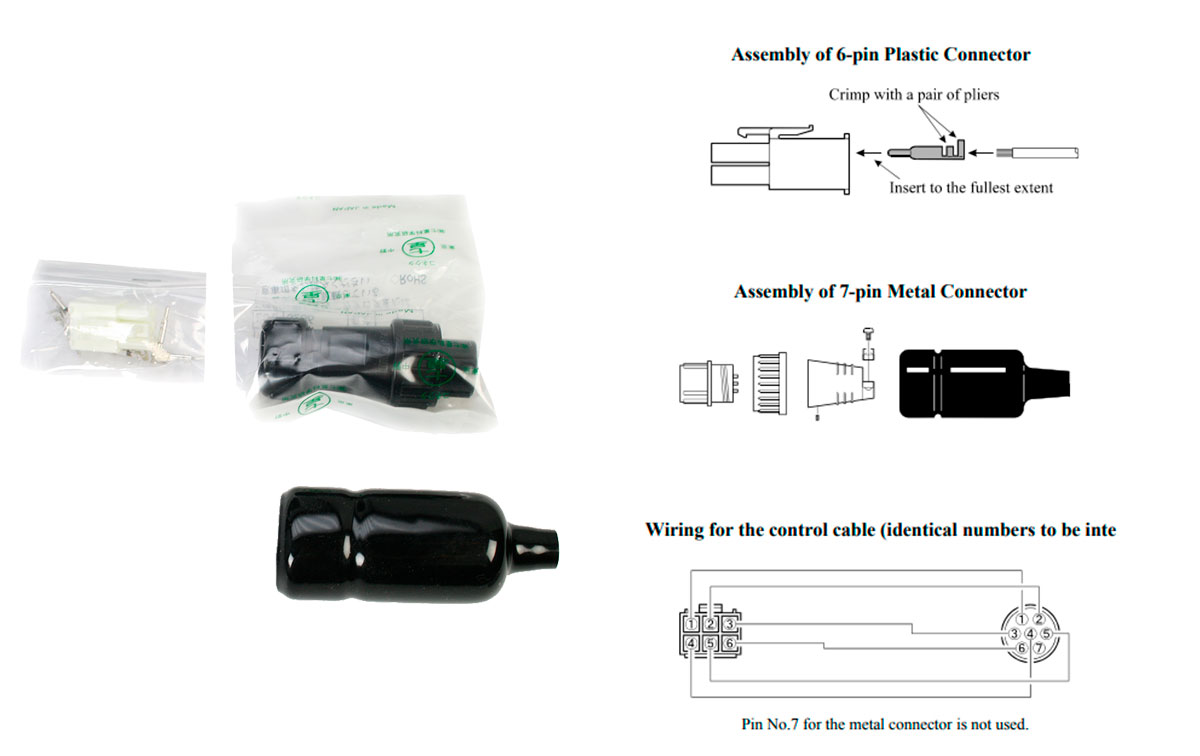
In the preferred tower mounting configuration, the wind loading area of the antenna must be less than 1 m² (G-450A) or 2 m² (G-650A), and the K factor must not exceed 100 (G-450A) or 180 (G-650A), where K is calculated as:
K = [Antenna radius of gyration (m)] × [Antenna weight + Mast weight (kg)]
A 3-element 14 MHz Yagi antenna with a gyration radius of 7.5 m , a weight of 14 kg , and a surface area of 0.7 m² is proposed to be mounted. This antenna will be installed below a 3-element trapped Yagi antenna for 21/28 MHz , which has a gyration radius of 3.5 m , a weight of 13 kg , and a surface area of 0.3 m² . In addition, the weight of the mast is 5 kg .
Note: In these types of installations, the mast weight must be calculated separately for each antenna, using the relative heights of the two antennas to distribute the mast weight.
The wind loading area of the antenna system is:
0.7 m² + 0.3 m² = 1.0 m²

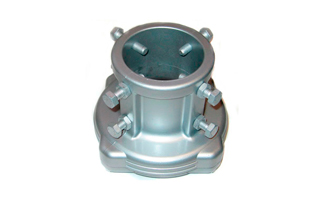
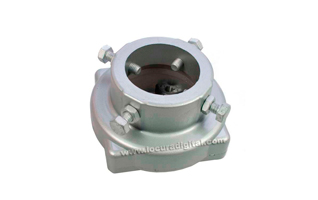



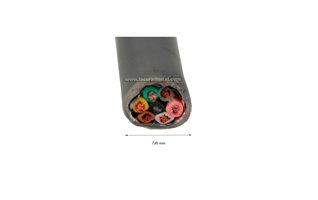
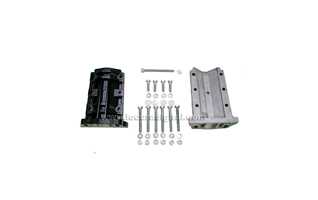
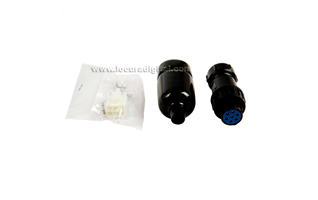
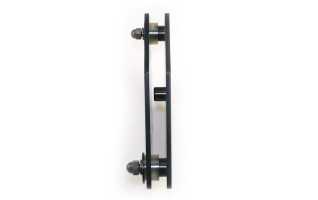
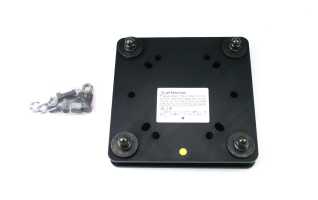
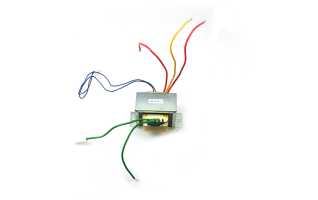
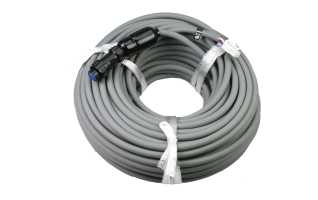
Sin ningún problema.
muy buen rotor me a venido genial